Troy: Ancient City of Turkey
Troy or Ilion was an ancient city located in present-day Hisarlik, Turkey. This article support our small group tour of Ancient Turkey. An Antipodean travel company serving World Travellers since 1983 with small group educational tours for senior couples and mature solo travellers.
22 Dec 23 · 10 mins read

Troy Ancient City
Troy, located in present-day Hisarlik, Turkey, is most certainly the most famous lost ancient city. Its fame comes not because it was larger or richer than any other city, however, but because it was the backdrop of one of the seminal works of Western literature, the Iliad of Homer. The Iliad tells of a brief period in the legend of the Trojan War, fought between the Greeks and the people of Troy. It is the most famous of several references to Troy and the Trojan War in ancient Greek mythology.
Yet even as generation after generation read the story of the Trojan War, the actual location of ancient Troy became vaguer and vaguer. Eventually it was assumed that Troy, like the heroes and gods who had battled beneath its walls, was totally a figment of myth.
Then in the late 19th century, the archaeologist Heinrich Schliemann announced not only that Troy was a real city, but also that he had discovered it. Since then, the site has been thoroughly exclaimed by archaeologists, and it has been established that there was not one Troy but at least nine reiterations of the city, rebuilt consecutively on the same site.
The ruins of Troy have revealed a large and prosperous city occupied over four thousand years. Having occupied a key position on trade routes between Europe and Asia, the archaeological site tells the tale of the gradual development of civilisation in north-western Asia Minor. Today the site is a UNESCO World Heritage listed site and popular tourist destination.
Odyssey Traveller conducts a Troy tour as part of our 21-day Small Group Tour of Ancient Turkey Tour for mature and senior travellers. Here, on a day tour, we take in take in the city’s legendary archaeological sights and view the replica of the wooden Trojan horse. This article explores the legend, history, and archaeology of Troy as background reading for your tour. It is written as part of our series on lost ancient cities, with information drawn from Philip Matyszak’s Lost Cities of the Ancient World. Read on for more information!

The Legend of Troy
Troy is famous as the setting for Homer’s Iliad, which tells of a turbulent fortnight in the Trojan War – a ten-year Greek siege of Troy, which ultimately led to the sacking and destruction of the city. The expedition, which occurred sometime in the 13th century BCE, consisted of a coalition of Greek forces led by King Agamemnon of Argos or Mycenae. Its purpose was to recover Helen, wife of Menelaus (the king of Sparta and brother of Agamemnon). The goddess Aphrodite had granted Helen to the Trojan prince Paris as a prize, after Paris had chosen the goddess as the most beautiful in a competition with the other goddesses Athena and Hera. The Iliad centres around the Greek hero Achilles and his dispute with Agamemnon, which leads to Achilles’ withdrawal from the battlefield, creating a series of events which profoundly impacts the course of the Trojan War.
In the Iliad, Troy is portrayed as the capital of a wealthy and powerful kingdom. The city appears as magnificent and well-fortified, with a rich history and culture. Homer’s epic emphasises its beautify and splendour through descriptions of its grand temples, streets, and royal citadel. Its strength is also highlighted, described as ‘well-founded’, ‘strong-built’ and ‘well-walled’ – unusually strong in its ability to withstand the ten-year siege. In fact, the city only eventually falls as a result of the trickery of the Trojan horse ruse, rather then through any failure of its defences.
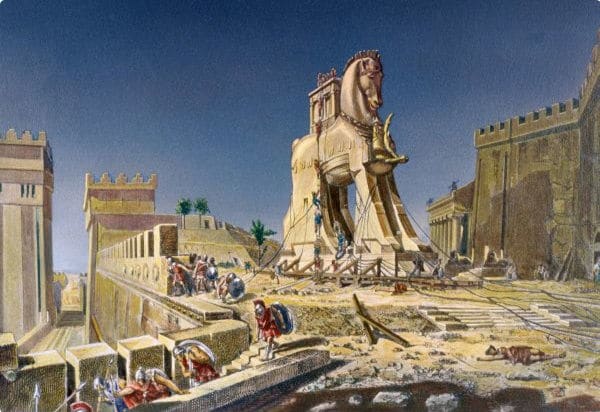
References to Troy, particularly the Trojan War, the fall of the city, and its aftermath, also reoccur frequently as popular themes in other works of Greek and Latin literature. It is briefly mentioned in Homer’s other major epic, the Odyssey, as well as other major works, such as Virgil’s Aeneid, Aeschylus’s Oresteia, the plays of Euripides, Quintus of Smyrna’s Posthomerica, and the collection of ancient Greek epic poems in the Epic Cycle.
Archaeological Troy
Troy today is the name of an archaeological site, located in Hisarlik in Anatolia, Turkey. The site demonstrates 4,000 years of occupation, separated into nine clearly distinguishable layers, each representing a different period of the city’s history.
These layers are a result of Troy being repeatedly destroyed (usually by fire or earthquake) during its history. Each time, rather than removing the ruins of the old city, the new settlers simply levelled the debris and built the new on top of it. Archaeologists have labelled these layers Troy I to IX, with Troy I referring to the earliest settlement and Troy IX the latest.
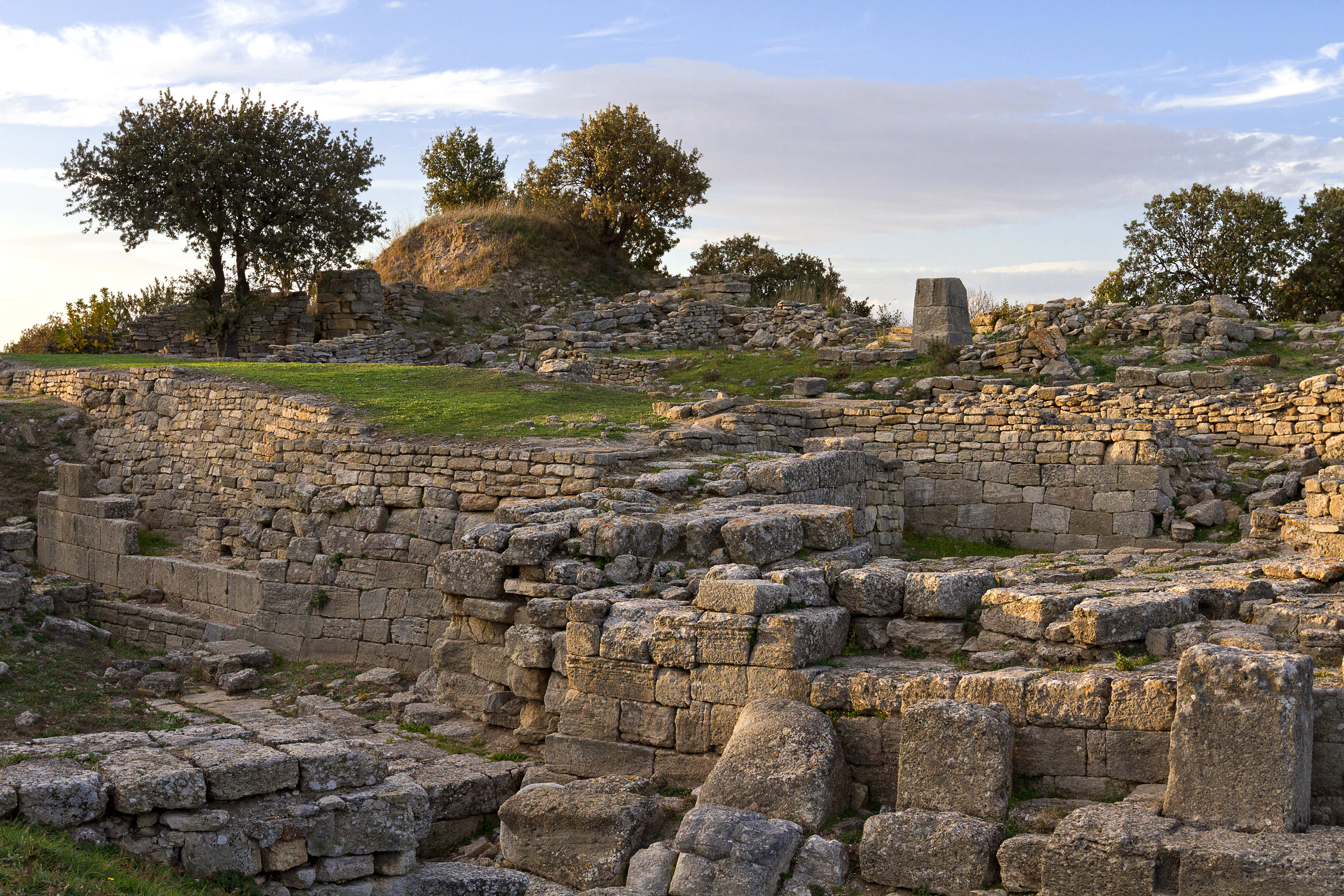
Early Troys (I-V)
The first humans to settle on the site of Troy did so in the early Bronze Age, from c. 3000 BCE. They chose the western end of a ridge on a fertile plain between two rivers, which are known today as the Karamenderes and the Dümruk Su. This was around the time that the first city-states were getting organized in Mesopotamia, and when Egypt had only just become a single state from an untidy collection of minor kingdoms.
Troy I was a small, fortified settlement, with some 20 houses enclosed by a defensive wall of unworked stone. Doubtless the total population was larger than this would suggest, for ‘Troy’ was a citadel to which the rural population who lived and worked on the plain would flee in times of peril. Little is known of these first Trojans, except that their pottery and metalwork was similar to that of contemporary peoples in northern Anatolia and the islands just off the coast.
How and why this first settlement was abandoned or destroyed is uncertain, but the site was almost immediately reoccupied. From around 2550-2300 BCE, Troy II grew into a major city of the Mediterranean-wise Bronze Age civilisation. At this point the city’s defences had been substantially upgraded, and the citadel now possessed a wall consisting of large blocks of dressed stone bulked up with clay bricks. The city itself was remarkably prosperous, with the archaeological ruins suggesting grand wealth and imposing architecture.
Its prosperity came due to its geographical position, well placed to become a commercial centre. Situated at the entrance to the Dardanelles strait, it became an important stop on the overland trade route from Anatolia to the European side of the Dardenelles. Also, much nearer to the sea than it is today, its location gave it command of the sea route through which every mercantile ship had to pass travelling between the Aegean Sea and what we now call the Black Sea.
Troy continued to be occupied between c. 2300 -1750 BCE, the periods corresponding to Troy III – Troy V. However, little is known about these periods, as many of the remains were damaged during hasty early archaeological excavations trying to reach the lower levels. Generally, though, the settlements appear to be smaller and less prosperous than previous ones. Still, foreign contact is evidenced by the presence of Anatolian-styles dome ovens and ‘red-cross bowls’, as well as Minoan pottery.
Peak Troy (VI – VII)
Troy reached the peak of its prosperity during the Middle and Late Bronze Age, in the period of Troys VI and VII (c. 1750-1180 BCE). During this time, a larger citadel was enclosed behind impressive sloping limestone walls, with brick ramparts and watchtowers. Inside the citadel, great houses were laid out on ascending, concentric terraces. A large settlement was also located in the lower town.
Troy’s prosperity may have also in part grown from the practice of horse-breeding, with the Trojans of this period famous as horse-breeders, responsible for the introduction of domesticated horses to the Aegean area. Hector in the Illiad is often called ‘horse-taming’ Hector, and archaeology has supported the myth through the discovery of a substantial number of equine bones in and around Troy. Sheep farming must have also been particularly important, with evidence of extensive textile production.
The only evidence we have of people living in Troy at this time, however, is a single bit of writing upon a 5cm-wide (2 inch) seal. The language is Luwian, which connects Troy with a people of the Hittite empire that flourished in what is modern-day Turkey around 1750 BC.
Hittite records refer to the city of Wilusa, which is almost certainly Troy, with clear etymological links to the Greek Illios/Ilion (Homer’s other name for Troy). Furthermore, the defensive towers of the fortress were square built to a pattern familiar to archaeologists who have excavated other Hittite cities. Towards the end of the Late Bronze Age, Wilusa served as a small vassal state of the Hittite Empire.
Troy VI is probably closest to the fabled Troy of myth. Certainly, the archaeological remains fit Homer’s description of the ‘strongly built’ and ‘well-walled’ Troy. While we have no contemporary account of the framed siege of Troy (Homer’s epic was written half a millennium later), the written record does speak of considerable tension and sometimes open warfare between the Greeks and Hittites at this time.
Curiously, bronze spearheads, arrowheads, and slingshot pellets have been found in this layer, some embedded in the mud-brick walls of Troy, which could suggest some sort of conflict. They date to around 1250 BCE, the same time that the city was destroyed – dates correlating to Hereodotus’ dates for the Trojan War.
Furthermore, large clay pots buried up to the neck in the ground were evidently meant to contain grain, perhaps showing that the fortress was braced for a siege. Skeletons unburied in the streets suggest that this defence was unsuccessful. In short, there are indications that not only the location of Troy but also the story of the Iliad is founded upon fact.
Troy VII was rebuilt soon after this latest conclusion. There is then evidence that the city was attacked again around 1200BCE, most likely by the same attackers that destroyed Mycenae and cities in Anatolia. These were peoples disposed by the tumult of the Bronze Age collapse who were looking to share the pain with anyone who had something worth looting. By about 1000 BCE, Troy had been completely deserted.
Greek and Roman Troys (VIII – IX)
Troy remained uninhabited until the revival of civilisation in the Archaic era of Greece, the city once again established around 700 BCE – the settlement now known as Troy VIII. Settlers renamed their city Ilion, but for centuries it was little more than a village. However, the name of Troy loomed large in the consciousness of the Greeks, becoming one of the world’s first tourist-based economies. For a while it flourished as never before, with visitors seeking to pay their respects to the heroes of the past.
The Romans eventually sacked Greek Ilion in 85 BCE. They, however, held Troy in high regard, even referring to the city as ‘Sacred Ilium’. Indeed, in Roman tradition, they were said to have descended from the Trojan hero Aeneas, son of Venus, who had fled Troy and settled in Italy, thus giving the Romans a divine ancestry.
A new city (Troy IX) was thus built at the site as the Roman Ilium during the reigns of Emperor Augustus (reign 27 -14 BCE) and his immediate successors. The city included fine civic buildings and was endowed with wealth and privileges.
In the later Roman empire Troy was considered as the site for a ‘New Rome’, but Roman engineers looked dubiously at the decaying harbour and opted for Constantinople instead. Wisely, as it turned out, as the coastline changed. Troy’s harbour continued to silt up, and the city is now 5km (3 miles) from the sea. A series of earthquakes then demolished much that remained of the city.
Troy became a village in the early medieval era, then an abandoned ruin, a legend and finally a myth – all that remained was the mound upon which successive generations had raised their walls. The locals called this Hisarlik.
Troy in Modern Times
Troy was rediscovered by a local farmer who knew his myths. References in works by ancient Greek and Latin authors pointed to the approximate location of Troy, but the exact site of the city had remained unknown until modern times. That was until Frank Calvert, who owned land next to the mound of Hissarlik, noted that Mount Ida overlooked Hisarlik just as the mountain was said to overlook Troy. He also observed that the site lay between two rivers which may once have been the Scamander and Simoeis of the Iliad.
These observations were enough for noted amateur archaeologist Heinrich Schliemann to investigate the site in 1870. Plunging straight through to what is now the Troy II layer, Schliemann found a cache of weapons, gold, and jewellery, which he proclaimed to be ‘the treasure of Priam’, claiming to have found the Troy of the Trojan War. The treasures, however, have since been dated to a thousand years earlier than a probable date for the Trojan War.
Schliemann continued excavations at the site on a large scale between 1870 and 1890, exposing the remains of the walled citadel in the central area of the Hisarlik mound. His efforts helped to add 2000 years to Western history, previously only going as far back as the first Olympiad of 776 BCE.
Intensive archaeological excavations by various international teams have continued at Troy after Schliemann. The estimated size of the city has since been greatly increased by the discovery of a lower town on the landward side of the fortress. This housed the majority of the population and was surrounded by a deep defensive ditch – just as Homer reported.
Today the site is still active, important from an archaeological perspective for its rich history that is continuously being uncovered. Now a UNESCO World Heritage Site, Troy also boasts a museum opened in 2018 to accommodate hundreds of visiting tourists to the ruins every day. A (slightly kitschy) 12 metre (40 ft) wooden horse also stands just outside the site.
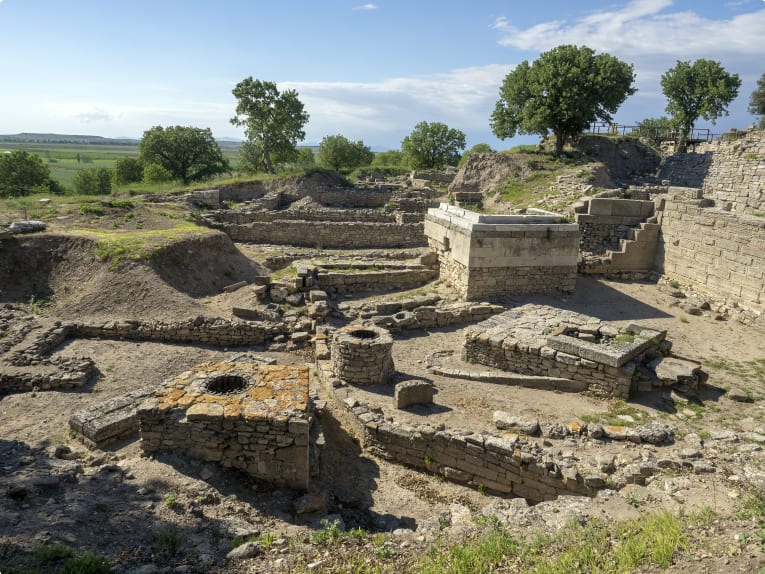
Tour of Troy
Odyssey Traveller visits Troy on a day trip as part of our 21-day Small Group Ancient Turkey Tour Package. During this tour, we visit some of the most spectacular, varied, and historically important sites in the ancient world. This small group Turkey tour begins and ends in Istanbul, Turkey’s largest city and seaport, and the place where east meets the west on the Bosphorus strait. Discover Turkey with Odyssey on this amazing guided tour through the ancient world linking the Black sea, Egypt, Syria and Europe. Our tour packages are especially designed to be suitable for mature-aged and senior travellers, whether joining as a couple or as solo travellers.
Odyssey Traveller has been serving global travellers since 1983 with educational tours of the history, culture, and architecture of our destinations. We specialise in offering small group tours partnering with a local tour guide at each destination to provide a relaxed and comfortable pace and atmosphere that sets us apart from larger tour groups. Tours consist of small groups of between 6 and 12 people and are cost inclusive of all entrances, tipping and majority of meals. For more information, click here, and head to this page to make a booking.
Articles about Turkey published by Odyssey Traveller.
- Treasures of the Ottoman Empire
- Turkey: From Anatolia to the Ottoman Empire
- Ten Unimaginable Destinations
- Ten Books for Travellers to Turkey
- Ten Things to See in Turkey
For all the articles Odyssey Traveller has published for mature aged and senior travellers, click through on this link.
External articles to assist you on your visit to Turkey.
- What to see in Turkey in 5 days? (Holidayme.com)
- How to spend 3 days in Turkey (Drifter Planet)
- 10 Days in Turkey: A Travel Itinerary (Map and Magnets)
- Mosaic Art in Ephesus
- How to travel from Istanbul to Cappadocia (Turkey Travel Planner)
Related Tours
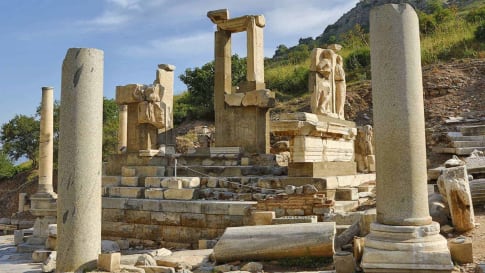
21 days
Apr, AugSmall group tour of Ancient Turkey
Visiting Turkey
As a travel company we seek to keep guests off the beaten path. Trips that are remembered for authentic experiences. Our small group journeys in Turkey are fully escorted by an experienced local guide and an Odyssey guide to give this type of experience whether at one of the many UNESCO World heritage sites explored or local bazaars. It is always about the adventure and memories that we will create.
From A$17,295 AUD
View Tour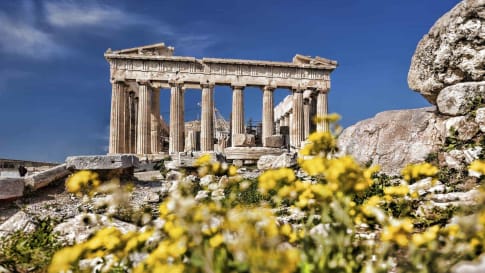
22 days
Apr, Sep, MayGreece small group escorted history tour
Visiting Greece
Our 22 day small group tour explores the land of great philosophers, myths, and legends. We will learn about the culture and heritage of modern Greece whilst exploring and learning Athens, which only found independence in its uprising from the Ottoman Empire in the 19th century.
From A$14,145 AUD
View Tour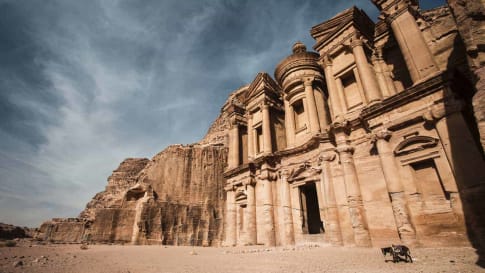
9 days
Jan, OctAncient History of Jordan | Escorted Small Group Tour
Visiting Jordan
Explore Jordan, visiting its capital city, Amman Jordan, the ancient Desert Castles, Petra and the Dead Sea on a small group package tour for mature and senior travellers travelling as a couple or Solo.
From A$6,750 AUD
View Tour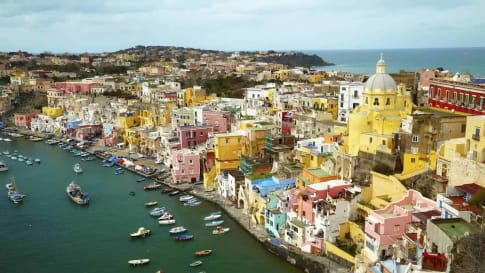
22 days
Jan, Apr, SepAncient History of Southern Italy & Sicily group tours
Visiting Italy
Our program for senior travellers, as well as featuring the rugged countryside of Southern Italy, also encompasses learning about the many civilisations that have shaped this land. We learn about the influence of the early Phoenicians, Greeks, Romans, Byzantines, Saracens, and Aragonese.
From A$16,995 AUD
View Tour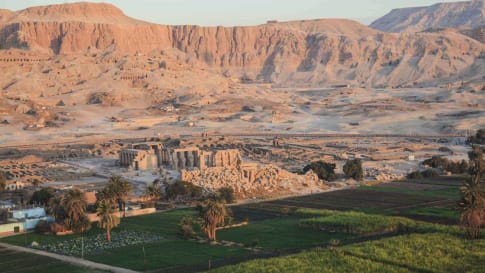
18 days
Nov, JanEgypt tour: escorted small group history & cultural tour of Egypt
Visiting Egypt
Our small group program for senior and mature couples and solo travelers takes us to contemporary feats such as the Aswan Dam and also to current crucibles of the Egyptian experience such as Tahrir Square. Proof, were it needed, that Egypt’s role as the pivot of civilisation is far from ended. There is the opportunity to visit our Morocco, Jordan or Iran tours before embarking on this tour of Egypt.
From A$12,950 AUD
View Tour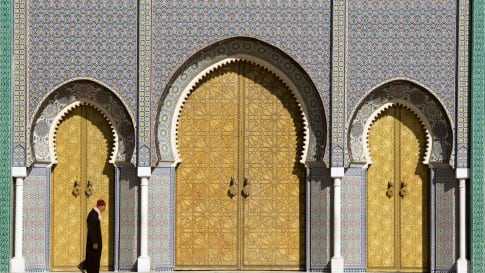
20 days
Apr, Oct, MarMorocco tour for senior travellers
Visiting Morocco
Embark on an unforgettable journey through Morocco: A Gateway to a world of vibrant colors, cultural diversity, and endless wonder. Join our escorted small group tour designed for senior travellers, whether you're a couple or a solo adventurer, and immerse yourself in the captivating allure of Casablanca, Fez, Meknes, Rabat, Marrakech and beyond. Experience the richness of Moroccan traditions and heritage as we explore this enchanting destination.
From A$11,915 AUD
View Tour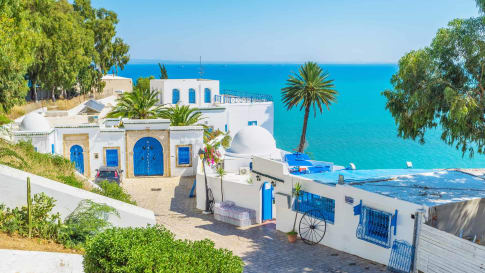
14 days
Apr, Sep, MarTour of Tunisia
Visiting Tunisia
Join Odyssey Traveller on this small group tour of Tunisia in North Africa for couples and solo travellers, where Carthaginian ruins sit side by side with Roman monuments, grand Islamic mosques, Arabic souks and medina, and honeycomb-like Berber cave dwellings and hilltop villages.
From A$10,995 AUD
View TourRelated Articles
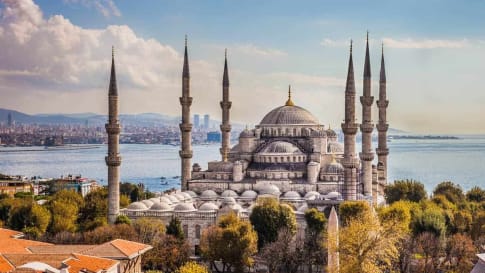
An overview of the history of Turkey for the escorted traveller.
For the senior traveller Turkey is an interesting continuum in human settlement from Neolithic to the Romans through to Ottoman period. Enjoy one on the best guided small group tours of Turkey after reading this article.

Anatolia to Ottoman Empire: Definitive Guide for Travellers
Turkey: From Anatolia to the Ottoman Empire | Small group history tours Turkey The Ottoman Empire, also historically known in the West as the Turkish Empire, was a superpower that lasted for 600 years. Parcelled…

Ankara, Turkey
Ankara, formerly Angora, the capital of the Turkish republic, is located a little to the west of central Anatolia about 350 kilometres southeast of Istanbul. It is the centre of Turkish Government and houses all foreign embassies.

Antalya, Turkey
Antalya is explored on an escorted small group tour for mature and senior travellers couples and solo travellers wishing to learn about ancient history. Learn about the Greeks, the Romans and Turkish ancient history in the Mediterranean and Black sea.
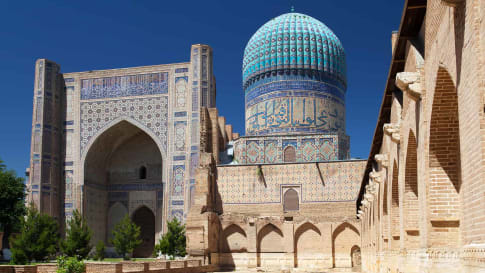
Elements of Mosque Architecture
The word "mosque" often brings to mind not this simple prayer space, but the ornately decorated monuments built by powerful Islamic rulers.

Empires in World History
Empires shape history and influence the format of many of our small group tours. The Mongol, Persian, Roman, British and Ottoman empires are just a few An Antipodean travel company serving World Travellers since 1983 with small group educational tours for senior couples and mature solo travellers.
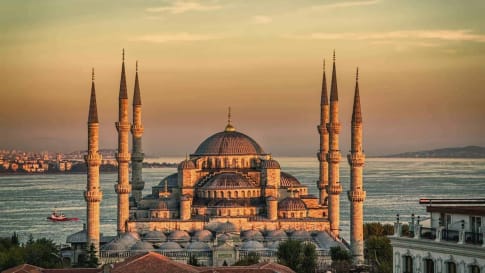
Istanbul, Imperial City: The Definitive Guide
Istanbul, Imperial City | Small Group History Tours Turkey For more than a thousand years, Constantinople stood as the capital of the Byzantine Empire, surviving numerous attacks and internal rebellions, until the cannons of the…

Ottoman Empire: The Definitive Guide for Travellers
The Ottoman Empire, c. 14th-20th centuries | Small group history tours Turkey The Ottoman Empire once extended from Iraq to North Africa, from Arabia to the Balkans, even pressing to the walls of Hapsburg Vienna…


